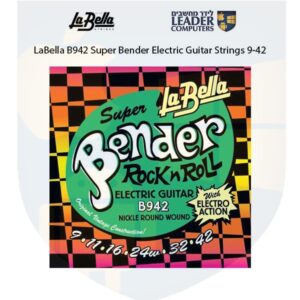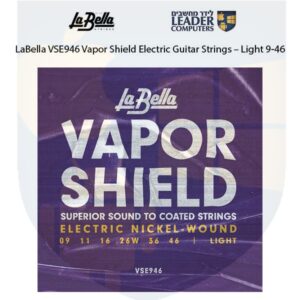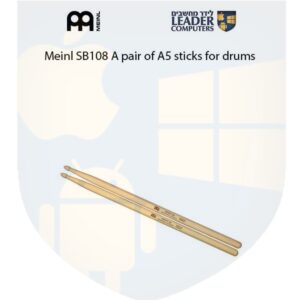
Leader Computers Because of the service Because of the quality Because of the price Because of professionalism

לידר מחשבים בגלל השירות בגלל האיכות בגלל המחיר בגלל המומחיות
Musical instruments
Showing all 7 results
Musical instruments
Three main groups of musical instruments
All existing musical instruments, depending on what is the source of their sound, are divided into three main groups: strings, where the source of sound is the vibration of the string from mechanical impact, wind, where the source of sound is vibrations caused by the pressure of the air flow and percussion, where sound comes from the vibration of a solid surface.
These three groups, in turn, are divided into several additional groups, depending on the method of sound extraction. Thus, there are groups of wood, brass, wind and reed instruments. At the same time, keyboard instruments can belong to all three groups, since the sources of sound vibrations in them are different.
Resonator
Physically, musical sounds in musical instruments are produced by a resonator. Electrical devices are an exception. A resonator can be a string, a column of air in a certain volume, an oscillatory circuit, as well as any object capable of storing the supplied energy in the form of oscillations. The resonant frequency of the resonator determines the fundamental, or first overtone, of the sound produced. A musical instrument is capable of producing as many sounds simultaneously as there are resonators mounted in it. The sound begins at the moment when energy is introduced into the resonator. In some musical instruments, the resonant frequencies of the resonators can be smoothly or discretely changed directly while playing the musical instrument.
When did the first musical instruments appear and what kind of instruments were they?
Musical instruments originated in ancient times. During archaeological excavations, musical instruments have been found dating back to the 3rd and 2nd centuries BC. They are the prototypes of the currently existing musical instruments.
The first sounds began to be produced by impact. Therefore, we can safely assume that it was percussion musical instruments that were the first. People clapped their hands, hit wood with sticks, knocked stones or shells against each other, thus making a sound.
The oldest musical instruments, pipes and tweeters, were found in Hungary and Moldova.
What types of musical instruments are there today?
Stringed instruments:
These instruments include plucked string instruments, guitar, mandolin, harp, etc. Bowed musical instruments, violin, cello, contrabass and other similar instruments. In stringed instruments, the source of sound is the vibration of the strings.
Wind instruments:
These include brass musical instruments, trumpet, French horn, trombone, etc. Woodwind musical instruments, flute, saxophone, clarinet and others. Many of the woodwind instruments are no longer made of wood, and the saxophone has never been made of wood at all. However, according to the principle of playing these instruments, they are classified as woodwinds.
Reed instruments:
Reed musical instruments are wind instruments with a single or double beating tongue. These include harmonics, the source of sound in which are the reeds freely sliding in the openings of the voice plates, which are set in motion by the air flow. Such musical instruments include accordion, button accordion, harmonica.
Percussion musical instruments:
These musical instruments differ in the type of pitch. These include drums, tambourines, darbuka, cymbals, gongs, castanets, shakers, xylophone, bells, etc.
Keyboard musical instruments:
Keyboard musical instruments include instruments that are sound extracted using the keyboard. There are woodwind and stringed keyboard musical instruments. Wind keyboard instruments include organ, accordion. Stringed keyboard musical instruments include piano, harpsichord, clavichord.
There are also other types of musical instruments, such as electric musical instruments, which appeared in the early 20th century, such as electric guitars, synthesizers, etc.









